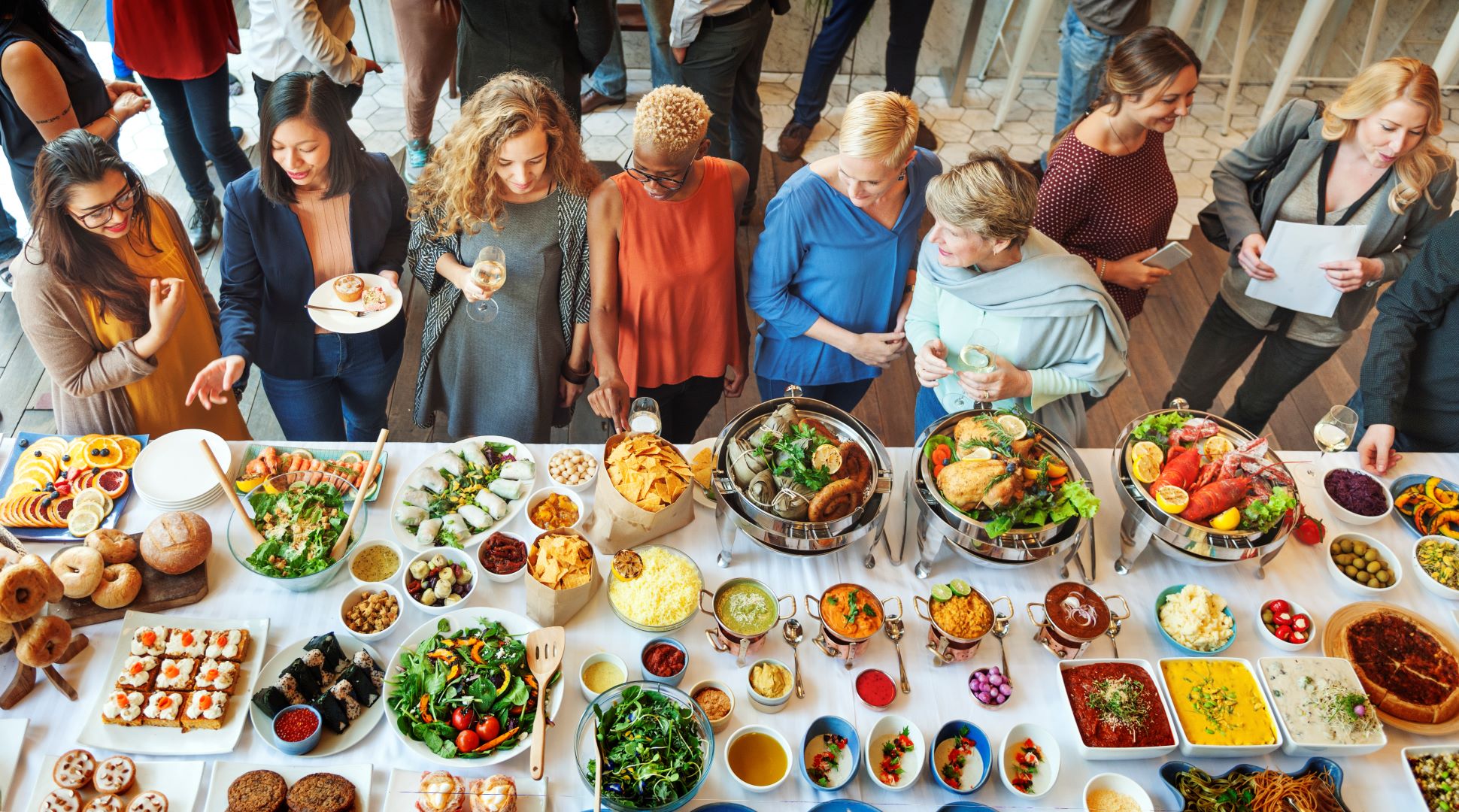Restaurant catering has become one of the most dynamic revenue streams for the hospitality industry. Beyond the traditional dine-in experience, catering allows restaurants to extend their brand, food, and hospitality into homes, offices, and event spaces. With demand for convenience, personalization, and high-quality cuisine on the rise, catering is no longer a side offering—it has evolved into a critical growth driver for restaurants of all sizes.
The Rise of Catering in Restaurants
The catering industry has surged in recent years, fueled by shifts in consumer behavior. Corporate clients seek reliable partners for meetings and conferences, while families turn to catering for weddings, birthdays, and milestone celebrations. Restaurants, already equipped with culinary expertise, trained staff, and established kitchens, are well positioned to meet these needs. Unlike third-party meal delivery, catering often involves large orders, predictable scheduling, and premium pricing, making it financially attractive.
For many operators, catering provides stability in a volatile business. While dine-in traffic can fluctuate due to seasonality or economic downturns, catering contracts—especially corporate ones—offer recurring revenue. In addition, catering can introduce a restaurant’s cuisine to new audiences who may later become regular guests.
Benefits of Catering for Restaurants
- Revenue Diversification
Catering enables restaurants to move beyond dependence on nightly covers. A single event can generate thousands of dollars in sales in one day, often with higher profit margins compared to individual dine-in meals. - Brand Extension
Every catered event becomes a marketing opportunity. Whether it’s branded packaging, on-site staff in uniforms, or signage, catering helps spread the restaurant’s identity beyond its physical location. - Operational Efficiency
Many catering menus are designed around scalable dishes that travel well, which can increase kitchen efficiency and reduce waste. Chefs learn to optimize recipes that balance flavor, presentation, and portability. - Customer Loyalty
Delivering exceptional catering experiences builds deep loyalty. A successful wedding catering job, for instance, can lead to years of repeat business from the same family.
Challenges in Restaurant Catering
Despite its benefits, catering is not without challenges. Logistical complexity is a common hurdle—ensuring food stays hot or cold, arrives on time, and maintains quality during transit requires planning and investment in specialized equipment. Staffing is another issue: catering often requires trained teams to manage large groups, set up buffets, or provide on-site service.
Pricing can also be tricky. Restaurants must balance profitability with competitiveness, especially against dedicated catering companies. Additionally, catering demands a different marketing approach. Unlike casual dining, where foot traffic drives sales, catering often requires proactive outreach to corporate clients, event planners, and community organizations.
Best Practices for Restaurant Catering Success
- Simplify the Menu: Offer a catering menu distinct from the dine-in menu, focused on dishes that travel well and scale easily.
- Invest in Logistics: Use insulated carriers, reliable vehicles, and scheduling software to minimize errors and delays.
- Train Staff for Service: Beyond cooking, staff should be trained in customer service, event setup, and professional presentation.
- Market Strategically: Build relationships with local businesses, advertise at bridal expos, and leverage social media to showcase successful events.
- Offer Tiered Options: From drop-off trays to full-service packages, tiered pricing can appeal to a wide range of budgets and occasions.
The Future of Restaurant Catering
Looking forward, catering is expected to grow as customers increasingly value convenience and curated experiences. Hybrid models—such as “virtual catering” where restaurants deliver pre-packaged event kits—are emerging. Sustainability is also shaping the future, with demand for eco-friendly packaging and locally sourced menus.
For restaurants, catering is no longer optional. It is a strategic extension of the brand, offering resilience, visibility, and profitability in an increasingly competitive dining landscape. Those who master the art of catering will not only feed more people but also secure a larger share of the ever-expanding foodservice market.


